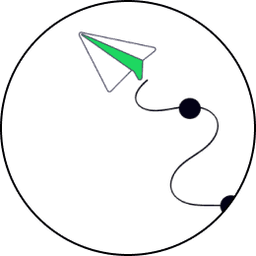Understanding the Legal Framework for DAOs
Decentralized Autonomous Organizations (DAOs) are innovative forms of decentralized, digital organizations that are enabled by blockchain technology. In the world of crypto and blockchain, DAOs have captured the imagination of entrepreneurs, investors, and legal experts alike. However, when it comes to viewing DAOs legally, it's important to understand that they can be viewed as either a large general partnership or an unincorporated non-profit association.


![What is Voting For? [Summary]](/_next/image?url=https%3A%2F%2Fwww.datocms-assets.com%2F101962%2F1690859305-cbc6-img1.png&w=3840&q=75)

![What is Governance For? [Summary]](/_next/image?url=https%3A%2F%2Fwww.datocms-assets.com%2F101962%2F1690859755-cbc7-img1.png&w=3840&q=75)

